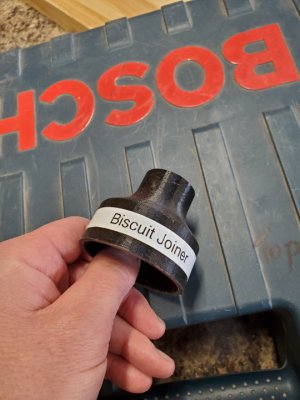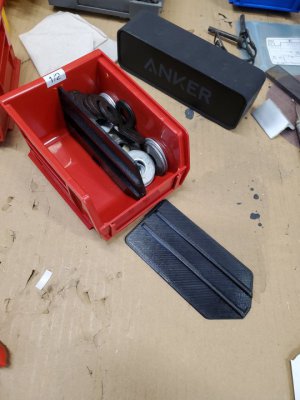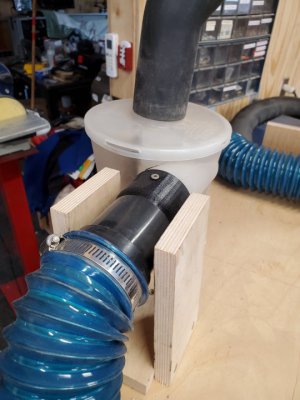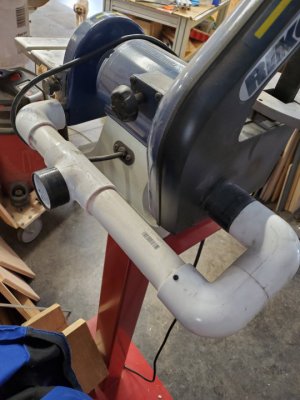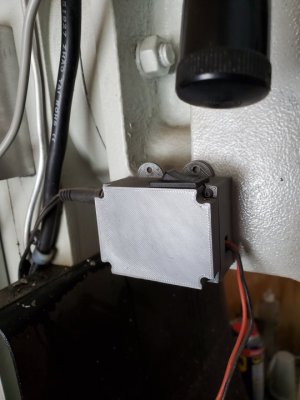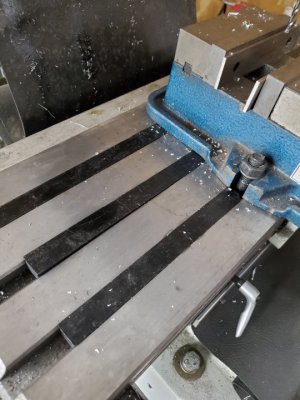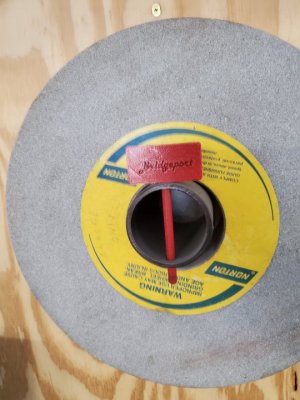When there is just no way to turn the corrugations in a Ka-Band microwave feed horn, you consider pushing together a lot of thin discs, and the errors mount up. I resorted to 3D printing provided by professionals. First 3D print a mandrel shape negative. Apply chemistry, and coat it conductive. Start a plating process, and build it up in copper. Apply chemistry again, and dissolve out the mandrel. Finishing with 10u silver, and less than 0.25u (a few thousand atoms thickness) of gold. Then we also have the stuff that is made with direct fused laser 3D printing, like tuned cavities. Rocket engine nozzles, turbine parts. They are also crushing expensive, but not even possible by machining.
You are absolutely right about the 3D printers most of us now see on eBay, Amazon, etc. and most of the self-builds using import ball-slides and stepper motors. Also, you may be right about how far folk like us can apply them. One definitely has to add some CAD design and G-Code to the skill set. Stefan Gotteswinter needed a electrical connection enclosure to bolt to his tool sharpener motor, and it's nice, but I might have adaped some cheap metal box. Some guys print up component boxes when we all know the smart thing to do is to buy some. Quinn Dunki made a part to mount on lathe ways that had it's shortcomings. One is hostage to the feeble material properties of melt plastic.
The technology is still evolving. 3D printing definitely will play in our future. It can even make working replacement body parts like heart valves, and weaponry unheard of. I won't say never, but I think I agree about the limited direct application to our fun with metal in the workshop. I choose to learn some open source CAD, and maybe progress to 3D CNC, using much the same kit as 3D printing, except built better, with a milling router spindle instead of a computer-controlled glue-gun!
[Edit - I just remembered that
@DavidR8 was getting well along the way in building his CNC router. I wonder what he thinks of 3D printers, because he may have given in to the temptation. ]


